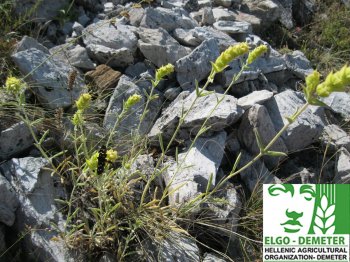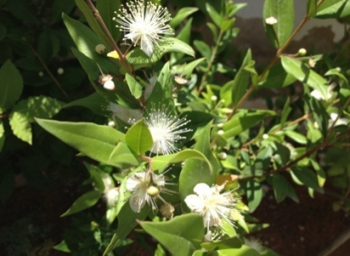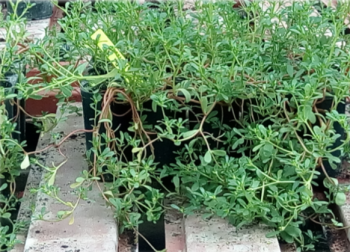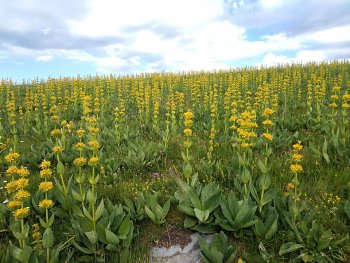Cooperation to reach the market of wild medicinal and aromatic plants
Submitted by roser.cristobal... on 22 May 2020The production of medicinal and aromatic plants (MAPs) has interesting growth prospects, but the atomization of farms hinders their business development, having to bet on a cooperative model, that facilitates the transformation and commercialisation. This is an issue that affecting both agricultural production and wild exploitation. This factsheet presents the needs of the stakeholders and some success stories.





























